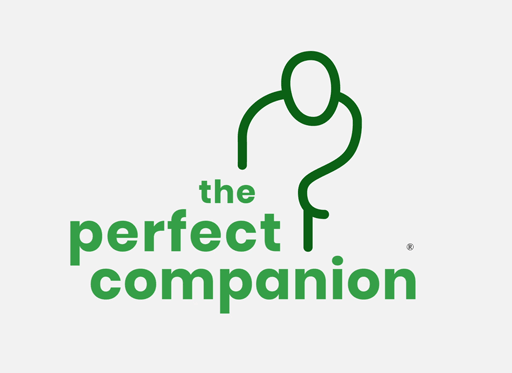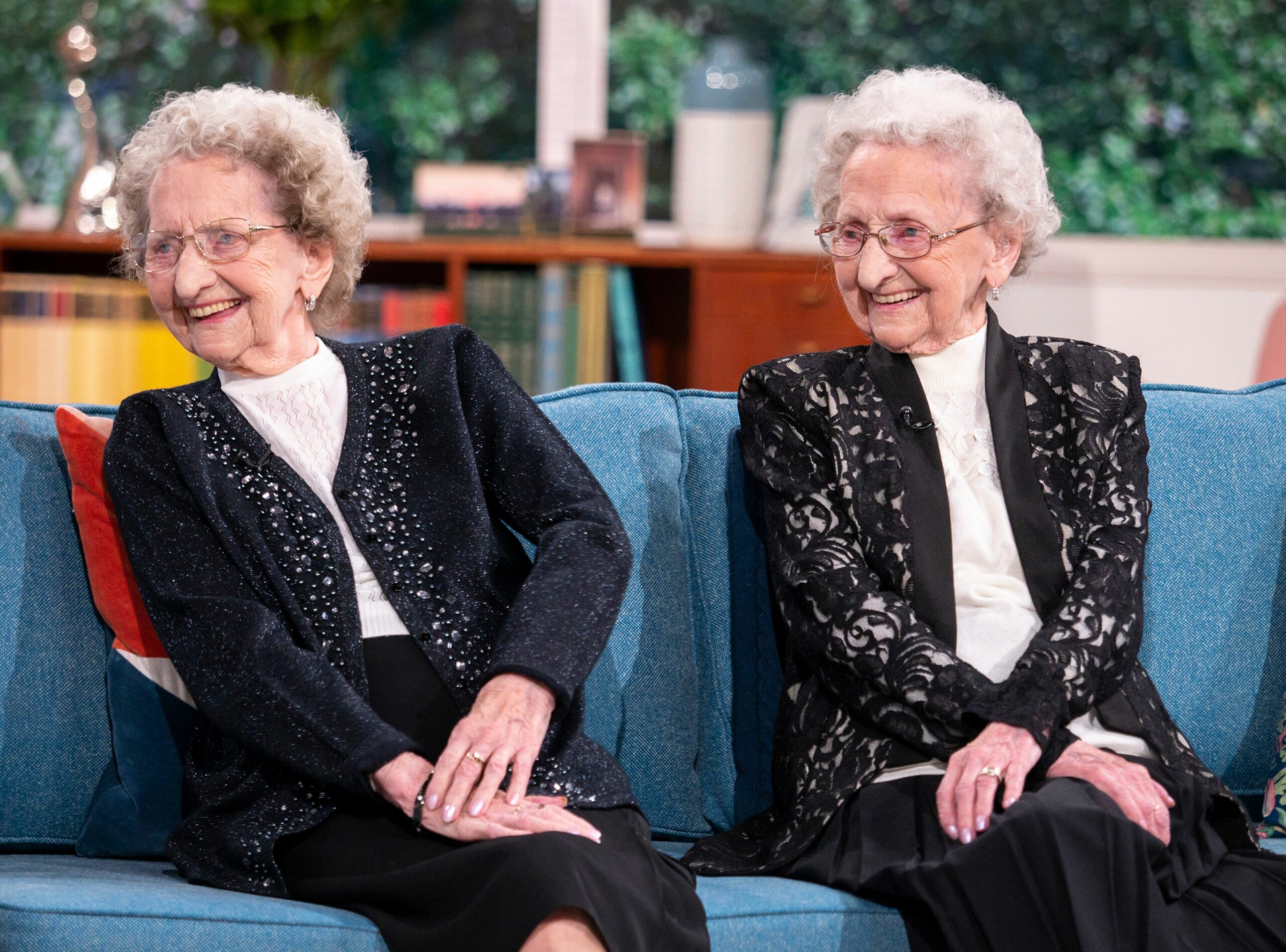Expansion of company's leadership team in response to market demands and corporate expansion PRESS RELEASE APR…
Let’s Talk High Blood Pressure
Kathleen Smith, BSN,RN
As a Registered Nurse for more than 40 years, I have my fair share of frightening blood pressure stories. I’ve worked on units from labor and delivery, where blood pressure concerns for soon to be mothers was closely monitored, to correctional nursing, where the effects of a hard-lived life was evident by one’s heart health. The consistent factor, no matter the patient, is high blood pressure can be a one way ticket to death.
Just a few weeks ago I was playing cards with the ladies from my active seniors group. All of us regularly hike the Arizona mountains, play pickle ball, golf, swim, and attend yoga. No one of us is out of shape by any means, in fact, most of us can still compete with our 50-year old children. During our game the conversation got real, we were talking blood pressure. We were like teens going around the circle talking about our numbers, and for some, their medications, like it was something so exciting. That is when I was asked to bring my stethoscope and blood pressure cuff out to the next event.
The next event came and there were my old gal pals lining up, one after one, enthusiastic to have their blood pressure read. That is when it happened, when I took the blood pressure of my sweet friend Elizabeth who, to the naked eye, looked to be a pillar of health. The one who just whipped her husband on the pickle ball court, and hiked for hours in the Arizona heat the next day. The one with the blood pressure of 218/132!!!
The healthy blood pressure range is where the upper number (systolic) is less than 120mm Hg, and the lower number (diastolic) is less than 80. Numbers from 130-140 or higher over 80-90 or higher are hypertensive. Anything beyond 180 over 120 is considered a hypertensive crisis. Elizabeth was a walking time-bomb.
The message my friends is this, anyone of us is susceptible to experiencing high blood pressure. Where there are symptoms such as headaches, nose bleeds, blood spots on your eyes, face-flushing, or dizziness, you won’t always have any symptoms. They don’t call it the silent killer for no good reason. It is up to you to know your numbers, listen to your medical care provider, and take action as needed.
Find advice for managing your blood pressure with an active lifestyle below.
- Start slowly. Begin by walking 10 minutes a day with the goal of working up to 30 minutes at least 5 days a week.
- Consistency is key! We are a product of our habits. Set your alarm 30 minutes earlier and get in a 10 minute walk first thing, each morning. By walking first thing in the morning you also reduce the likelihood of blowing it off later in the day. Get up and get it done.
- Look for opportunities to be more active. Simple habits life parking further away from an entrance or taking the stairs increase your overall, daily energy expenditure.
- Find an accountability partner. Call on a friend or family member and make a commitment to be more active together! Check in with each other, each day, and support each other with your goal of becoming more active.


